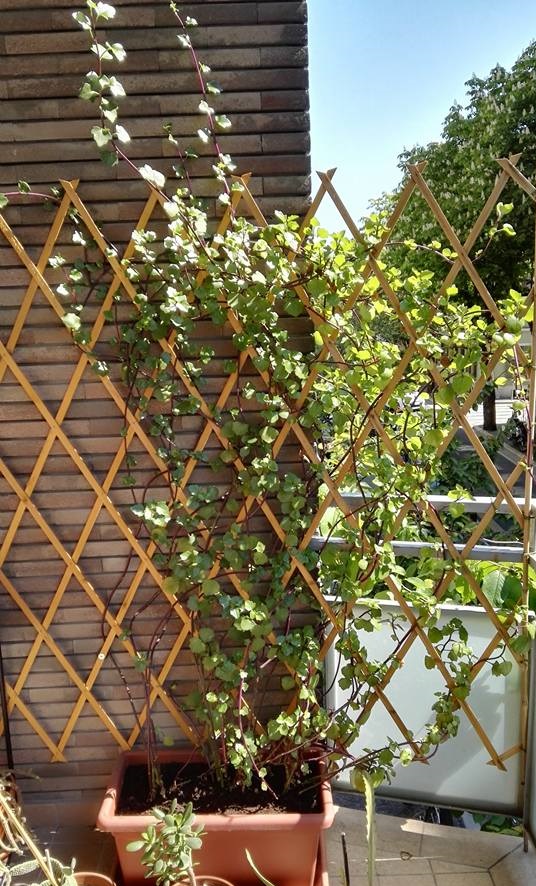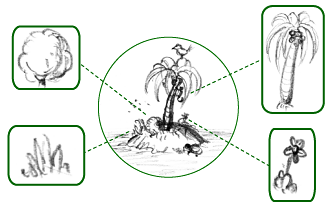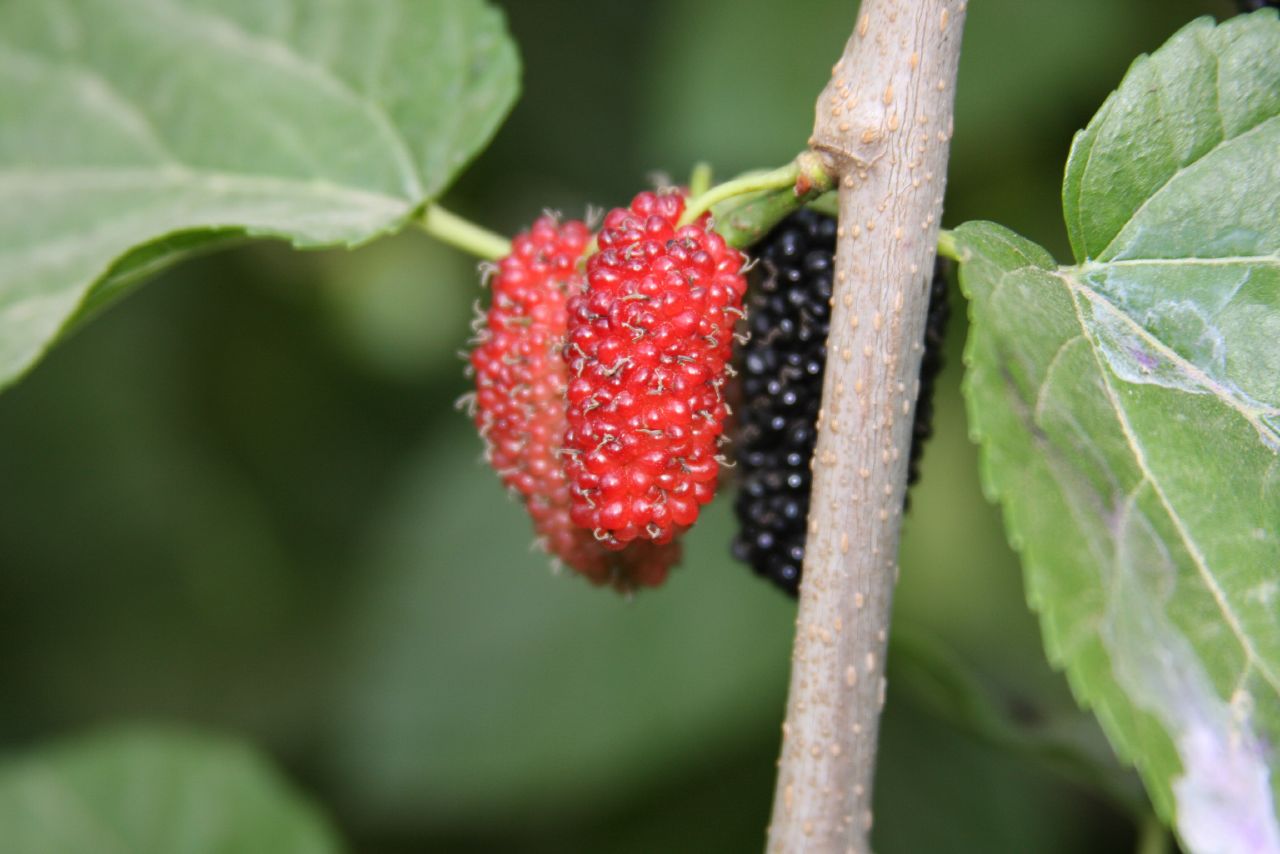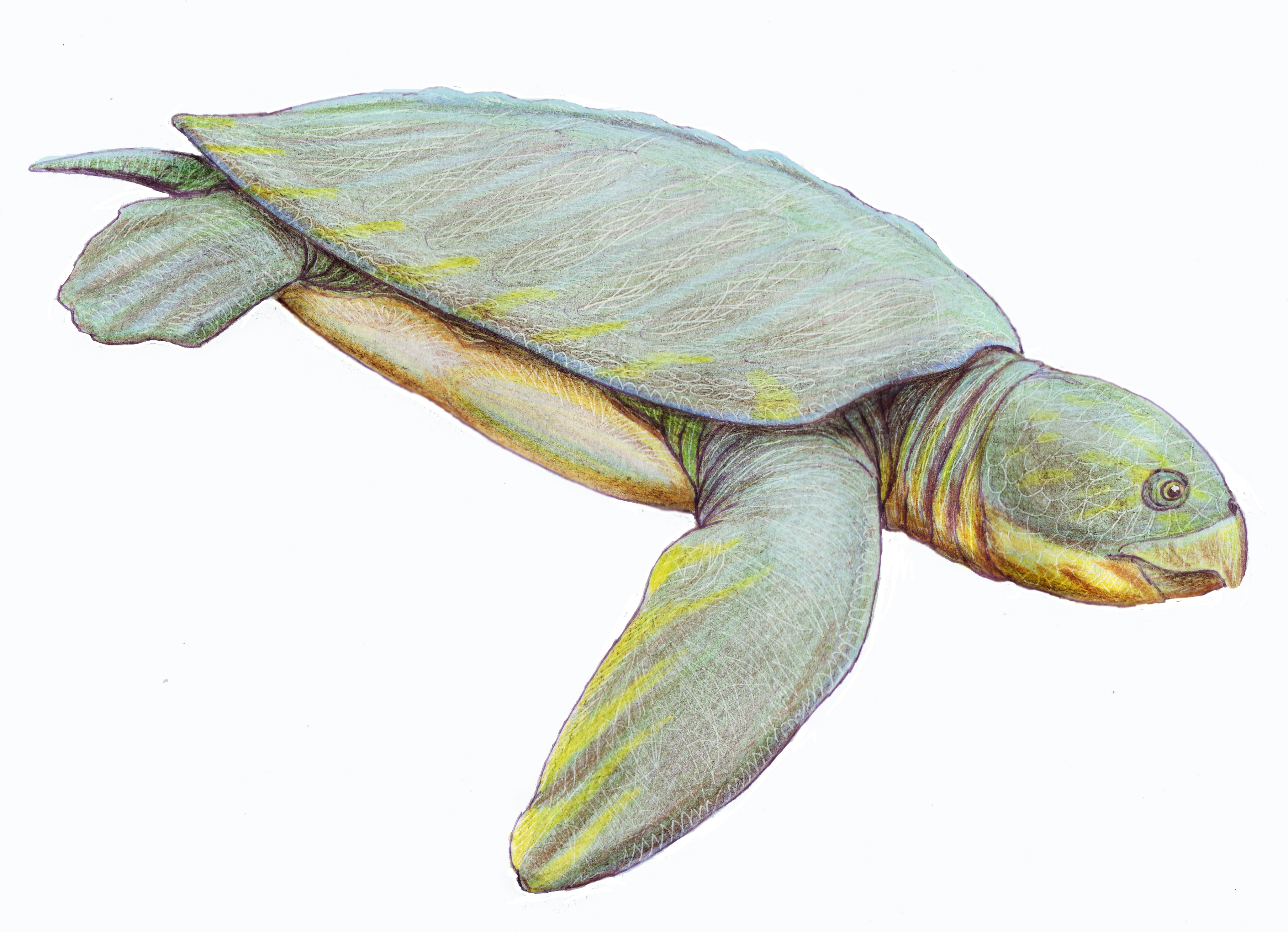|
Coccoloba Uvifera
''Coccoloba uvifera'' is a species of flowering plant in the buckwheat family, Polygonaceae, that is native to coastal beaches throughout tropical America and the Caribbean, including southern Florida, the Bahamas, the Greater and Lesser Antilles, and Bermuda. Common names include seagrape and baygrape. Fruit In late summer, it bears green fruit, about diameter, in large, grape-like clusters. The fruit gradually ripens to a purplish color. Each contains a large pit that constitutes most of the volume of the fruit. Cultivation and propagation Although it is capable of surviving down to about 2 °C (35.6 °F), the tree cannot survive frost. The leaves turn reddish before withering. The seeds of this plant, once gathered, must be planted immediately, for unlike most plants, the seeds cannot withstand being stored for future planting. ''C. uvifera'' is wind-resistant, moderately tolerant of shade, and highly tolerant of salt, so it is often planted to stabilize beac ... [...More Info...] [...Related Items...] OR: [Wikipedia] [Google] [Baidu] |
Carl Linnaeus
Carl Linnaeus (; 23 May 1707 – 10 January 1778), also known after his ennoblement in 1761 as Carl von Linné Blunt (2004), p. 171. (), was a Swedish botanist, zoologist, taxonomist, and physician who formalised binomial nomenclature, the modern system of naming organisms. He is known as the "father of modern taxonomy". Many of his writings were in Latin; his name is rendered in Latin as and, after his 1761 ennoblement, as . Linnaeus was born in Råshult, the countryside of Småland, in southern Sweden. He received most of his higher education at Uppsala University and began giving lectures in botany there in 1730. He lived abroad between 1735 and 1738, where he studied and also published the first edition of his ' in the Netherlands. He then returned to Sweden where he became professor of medicine and botany at Uppsala. In the 1740s, he was sent on several journeys through Sweden to find and classify plants and animals. In the 1750s and 1760s, he continued to coll ... [...More Info...] [...Related Items...] OR: [Wikipedia] [Google] [Baidu] |
Ornamental Plant
Ornamental plants or garden plants are plants that are primarily grown for their beauty but also for qualities such as scent or how they shape physical space. Many flowering plants and garden varieties tend to be specially bred cultivars that improve on the original species in qualities such as color, shape, scent, and long-lasting blooms. There are many examples of fine ornamental plants that can provide height, privacy, and beauty for any garden. These ornamental perennial plants have seeds that allow them to reproduce. One of the beauties of ornamental grasses is that they are very versatile and low maintenance. Almost any types of plant have ornamental varieties: trees, shrubs, climbers, grasses, succulents. aquatic plants, herbaceous perennials and annual plants. Non-botanical classifications include houseplants, bedding plants, hedges, plants for cut flowers and foliage plants. The cultivation of ornamental plants comes under floriculture and tree nurseries, whic ... [...More Info...] [...Related Items...] OR: [Wikipedia] [Google] [Baidu] |
Flora Of Florida
Flora (: floras or florae) is all the plant life present in a particular region or time, generally the naturally occurring ( indigenous) native plants. The corresponding term for animals is ''fauna'', and for fungi, it is '' funga''. Sometimes bacteria and fungi are also referred to as flora as in the terms ''gut flora'' or ''skin flora''. Etymology The word "flora" comes from the Latin name of Flora, the goddess of plants, flowers, and fertility in Roman mythology. The technical term "flora" is then derived from a metonymy of this goddess at the end of the sixteenth century. It was first used in poetry to denote the natural vegetation of an area, but soon also assumed the meaning of a work cataloguing such vegetation. Moreover, "Flora" was used to refer to the flowers of an artificial garden in the seventeenth century. The distinction between vegetation (the general appearance of a community) and flora (the taxonomic composition of a community) was first made by Jules Thurma ... [...More Info...] [...Related Items...] OR: [Wikipedia] [Google] [Baidu] |
Flora Of The Caribbean
Flora (: floras or florae) is all the plant life present in a particular region or time, generally the naturally occurring ( indigenous) native plants. The corresponding term for animals is ''fauna'', and for fungi, it is '' funga''. Sometimes bacteria and fungi are also referred to as flora as in the terms ''gut flora'' or ''skin flora''. Etymology The word "flora" comes from the Latin name of Flora, the goddess of plants, flowers, and fertility in Roman mythology. The technical term "flora" is then derived from a metonymy of this goddess at the end of the sixteenth century. It was first used in poetry to denote the natural vegetation of an area, but soon also assumed the meaning of a work cataloguing such vegetation. Moreover, "Flora" was used to refer to the flowers of an artificial garden in the seventeenth century. The distinction between vegetation (the general appearance of a community) and flora (the taxonomic composition of a community) was first made by Jules Thurma ... [...More Info...] [...Related Items...] OR: [Wikipedia] [Google] [Baidu] |
Halophytes
A halophyte is a salt-tolerant plant that grows in soil or waters of high salinity, coming into contact with saline water through its roots or by salt spray, such as in saline semi-deserts, mangrove swamps, marshes and sloughs and seashores. The word derives from Ancient Greek ἅλας (halas) 'salt' and φυτόν (phyton) 'plant'. Halophytes have different anatomy, physiology and biochemistry than glycophytes.Physiology of halophytes, T. J. FLOWERS, Plant and Soil 89, 41-56 (1985) An example of a halophyte is the salt marsh grass '' Spartina alterniflora'' (smooth cordgrass). Relatively few plant species are halophytes—perhaps only 2% of all plant species. Information about many of the earth's halophytes can be found in thehalophdatabase. The large majority of plant species are glycophytes, which are not salt-tolerant and are damaged fairly easily by high salinity. Classification Halophytes can be classified in many ways. According to Stocker (1933), it is mainly of 3 kin ... [...More Info...] [...Related Items...] OR: [Wikipedia] [Google] [Baidu] |
Coccoloba
''Coccoloba'' is a genus of about 120–150 species of flowering plants in the family Polygonaceae, which is native to the Neotropics. There is no overall English name for the genus, although many of the individual species have widely used common names. Range The genus is native to tropical and subtropical regions of the Americas, in South America, the Caribbean and Central America, with two species extending into Florida.Flora of North America''Coccoloba''/ref>Huxley, A., ed. (1992). ''New RHS Dictionary of Gardening''. Macmillan . Description The species are shrubs and trees, and lianas, mostly evergreen. The leaves are alternate, often large (to very large in some species; up to 2.5m (8 feet) long in ''C. gigantifolia''), with the leaves on juvenile plants often larger and of different shape to those of mature plants. The flowers are produced in spikes. The fruit is a three-angled achene, surrounded by an often brightly coloured fleshy perianth, edible in some species, th ... [...More Info...] [...Related Items...] OR: [Wikipedia] [Google] [Baidu] |
Puerto Rico
Puerto Rico (; abbreviated PR; tnq, Boriken, ''Borinquen''), officially the Commonwealth of Puerto Rico ( es, link=yes, Estado Libre Asociado de Puerto Rico, lit=Free Associated State of Puerto Rico), is a Caribbean island and Unincorporated territories of the United States, unincorporated territory of the United States. It is located in the northeast Caribbean Sea, approximately southeast of Miami, Florida, between the Dominican Republic and the United States Virgin Islands, U.S. Virgin Islands, and includes the eponymous main island and several smaller islands, such as Isla de Mona, Mona, Culebra, Puerto Rico, Culebra, and Vieques, Puerto Rico, Vieques. It has roughly 3.2 million residents, and its Capital city, capital and Municipalities of Puerto Rico, most populous city is San Juan, Puerto Rico, San Juan. Spanish language, Spanish and English language, English are the official languages of the executive branch of government, though Spanish predominates. Puerto Rico ... [...More Info...] [...Related Items...] OR: [Wikipedia] [Google] [Baidu] |
Yabucoa
Yabucoa () is a town and municipality in Puerto Rico located in the eastern region, north of Maunabo; south of San Lorenzo, Las Piedras and Humacao; and east of Patillas. Yabucoa is spread over 9 barrios and Yabucoa Pueblo (the downtown area and the administrative center of the city). It is part of the San Juan-Caguas-Guaynabo Metropolitan Statistical Area. Etymology and nicknames The name ''Yabucoa'' is said to come from the Taíno name ''Guaroca'', both a toponymic and personal name meaning "where water s found. However this is considered a folk etymology and other linguists suggest the name is most likely a Spanish interpretation of the Taíno word ''yaucoa'' (similar to the name Yauco) which means "cassava plantation". Some nicknames of the city are "Sugar City", after the numerous sugarcane plantations of the Yabucoa Valley, and ''Pueblo de Yuca'' ("Yuca Town") which references the Taíno origin of the name of the town. The locals are also known as the ''Bebe Leches'' ... [...More Info...] [...Related Items...] OR: [Wikipedia] [Google] [Baidu] |
Species Plantarum
' (Latin for "The Species of Plants") is a book by Carl Linnaeus, originally published in 1753, which lists every species of plant known at the time, classified into genera. It is the first work to consistently apply binomial names and was the starting point for the naming of plants. Publication ' was published on 1 May 1753 by Laurentius Salvius in Stockholm, in two volumes. A second edition was published in 1762–1763, and a third edition in 1764, although this "scarcely differed" from the second. Further editions were published after Linnaeus' death in 1778, under the direction of Karl Ludwig Willdenow, the director of the Berlin Botanical Garden; the fifth edition (1800) was published in four volumes. Importance ' was the first botanical work to consistently apply the binomial nomenclature system of naming to any large group of organisms (Linnaeus' tenth edition of ' would apply the same technique to animals for the first time in 1758). Prior to this work, a plant spe ... [...More Info...] [...Related Items...] OR: [Wikipedia] [Google] [Baidu] |
Morus (plant)
''Morus'', a genus of flowering plants in the family Moraceae, consists of diverse species of deciduous trees commonly known as mulberries, growing wild and under cultivation in many temperate world regions. Generally, the genus has 64 identified species, three of which are well-known and are ostensibly named for the fruit color of the best-known cultivar: white, red, and black mulberry (''Morus alba'', '' M. rubra'', and '' M. nigra'', respectively), with numerous cultivars. ''M. alba'' is native to South Asia, but is widely distributed across Europe, Southern Africa, South America, and North America. ''M. alba'' is also the species most preferred by the silkworm, and is regarded as an invasive species in Brazil and the United States. The closely related genus '' Broussonetia'' is also commonly known as mulberry, notably the paper mulberry (''Broussonetia papyrifera''). Description Mulberries are fast-growing when young, and can grow to tall. The leaves ... [...More Info...] [...Related Items...] OR: [Wikipedia] [Google] [Baidu] |
Prunus
''Prunus'' is a genus of trees and shrubs, which includes (among many others) the fruits plums, cherries, peaches, nectarines, apricots, and almonds. Native to the North American temperate regions, the neotropics of South America, and the paleotropics of Asia and Africa, 430 different species are classified under ''Prunus''. Many members of the genus are widely cultivated for their fruit and for decorative purposes. ''Prunus'' fruit are drupes, or stone fruits. The fleshy mesocarp surrounding the endocarp is edible while the endocarp itself forms a hard, inedible shell called the pyrena ("stone" or "pit"). This shell encloses the seed (or "kernel") which is edible in many species (such as almonds) but poisonous in others (such as apricots). Besides being eaten off the hand, most ''Prunus'' fruit are also commonly used in processing, such as jam production, canning, drying, and seeds for roasting. Botany Members of the genus can be deciduous or evergreen. A few species have ... [...More Info...] [...Related Items...] OR: [Wikipedia] [Google] [Baidu] |
Sea Turtles
Sea turtles (superfamily Chelonioidea), sometimes called marine turtles, are reptiles of the order Testudines and of the suborder Cryptodira. The seven existing species of sea turtles are the flatback sea turtle, flatback, green sea turtle, green, hawksbill sea turtle, hawksbill, leatherback sea turtle, leatherback, loggerhead sea turtle, loggerhead, Kemp's ridley sea turtle, Kemp's ridley, and olive ridley sea turtle, olive ridley sea turtles. All six of the sea turtle species present in US waters (all of those listed above except the flatback) are listed as endangered and/or threatened under the Endangered Species Act of 1973, Endangered Species Act. The seventh sea turtle species is the flatback, which exists in the waters of Australia, Papua New Guinea and Indonesia. Sea turtles can be separated into the categories of hard-shelled (Cheloniidae, cheloniid) and leathery-shelled (Dermochelyidae, dermochelyid).Wyneken, J. 2001. The Anatomy of Sea Turtles. U.S Department of Commerce ... [...More Info...] [...Related Items...] OR: [Wikipedia] [Google] [Baidu] |





.jpg)
